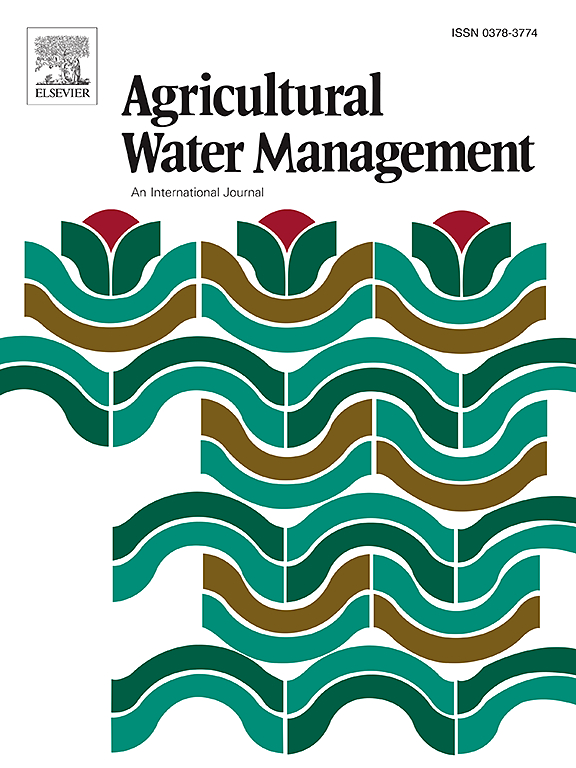Evaluating alternative crops as a solution to water stress in the U.S. Southwest
IF 5.9
1区 农林科学
Q1 AGRONOMY
引用次数: 0
Abstract
One possible response to increasing water scarcity in the U.S. Southwest is to shift agriculture to less water-intensive crops. This article provides the first comprehensive review of such crops for the region, identifying more than 70 possibilities. These include efforts to breed drought-tolerant cultivars of widely grown crops, native wild plants considered for domestication, and heritage crops which could be revitalized.
We review literature on these crops and evaluate their potential viability. We assess water-related benefits by comparing crop evapotranspiration (ETc) or irrigation requirements with those of alfalfa, the most widely grown and among the most water-intensive crops in the region. Crops selected for consideration can be grown with less than half the water requirement of alfalfa, can tolerate lower quality (i.e., saline) water, or shift the timing of water demand away from periods of greatest stress.
In addition to water-related benefits, many of the candidate crops are linked to other positive social and environmental outcomes, such as supporting alternative localized food systems. However, widespread adoption of alternative crops may be constrained by high costs, uncertain markets, or lack of familiarity among both producers and consumers. Considering this context, we identify two main groups of high-potential alternatives: forage crops that can replace alfalfa in beef and dairy supply chains, and high-value niche food crops that can provide options for small farmers and underserved communities. The first group includes crops such as teff, millets, and salt-tolerant native plants such as Atriplex spp., while the second includes examples such as mesquite (Prosopis spp.), prickly pear cactus (Opuntia spp.), and tepary bean (Phaseolus acutifolius).
Enhancing the feasibility of adopting these alternatives, for instance by creating programs that pay farmers to switch crops rather than remove land from production, could create public benefits by avoiding the negative outcomes associated with fallowing.
求助全文
约1分钟内获得全文
求助全文
来源期刊

Agricultural Water Management
农林科学-农艺学
CiteScore
12.10
自引率
14.90%
发文量
648
审稿时长
4.9 months
期刊介绍:
Agricultural Water Management publishes papers of international significance relating to the science, economics, and policy of agricultural water management. In all cases, manuscripts must address implications and provide insight regarding agricultural water management.
 求助内容:
求助内容: 应助结果提醒方式:
应助结果提醒方式:


